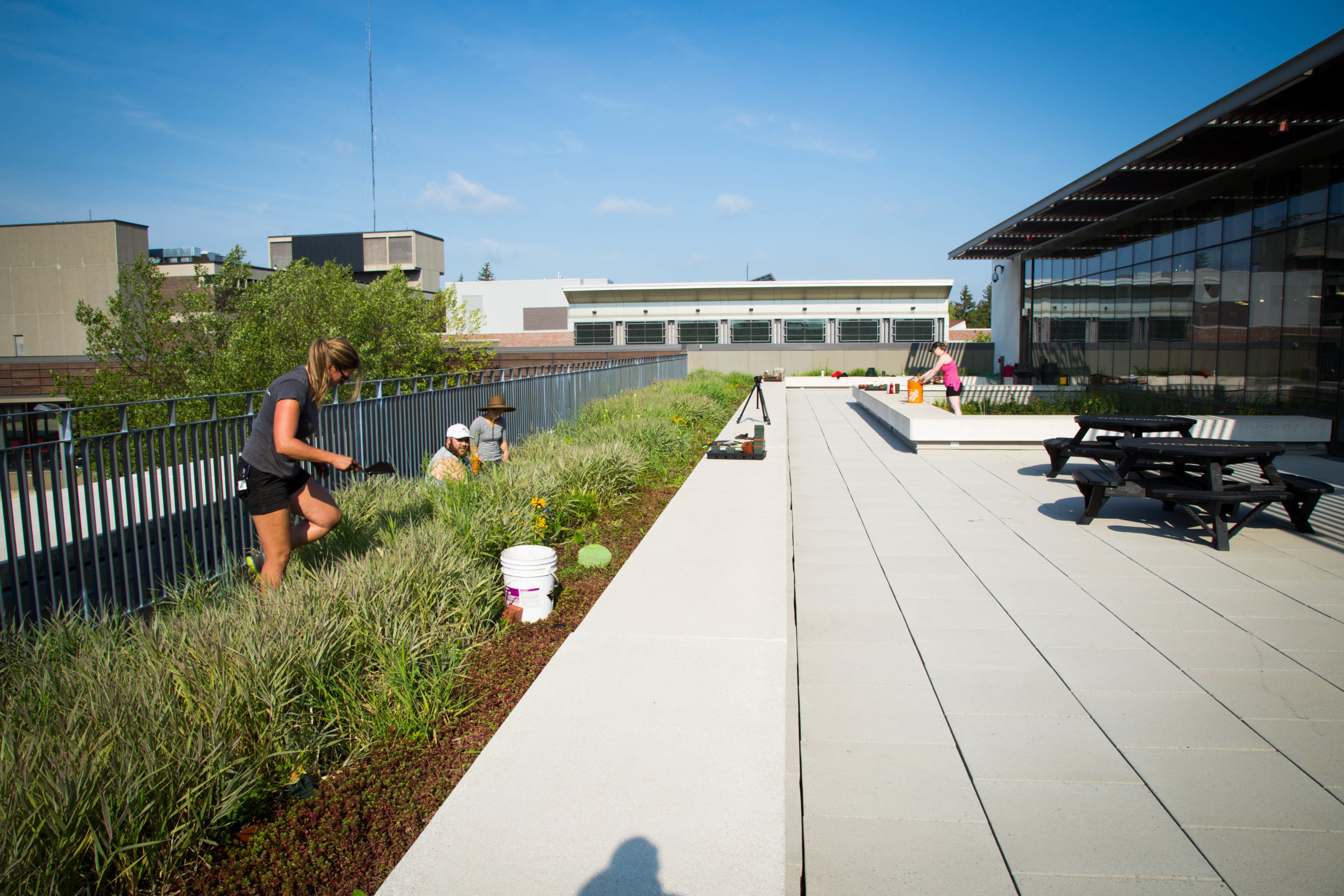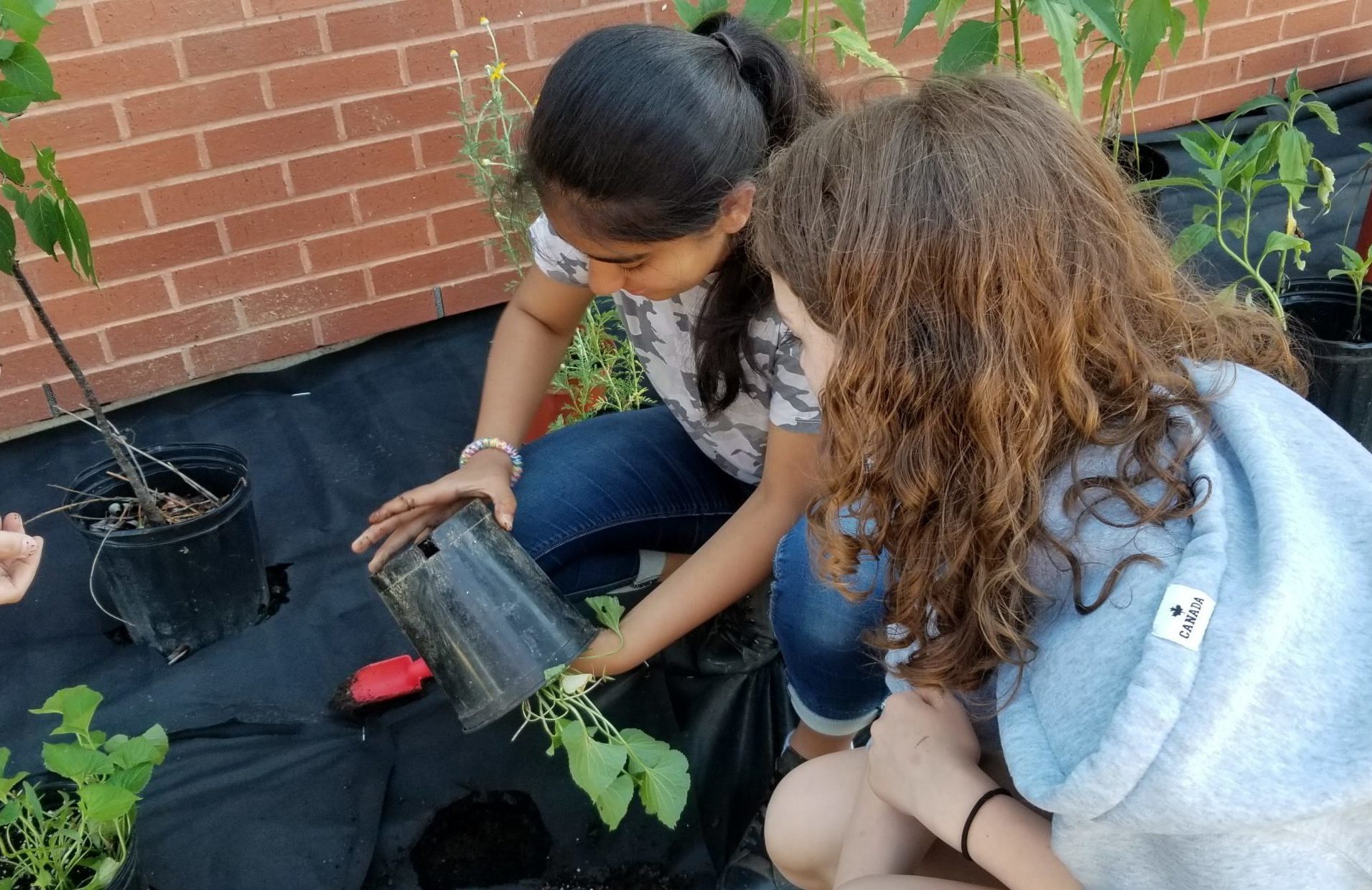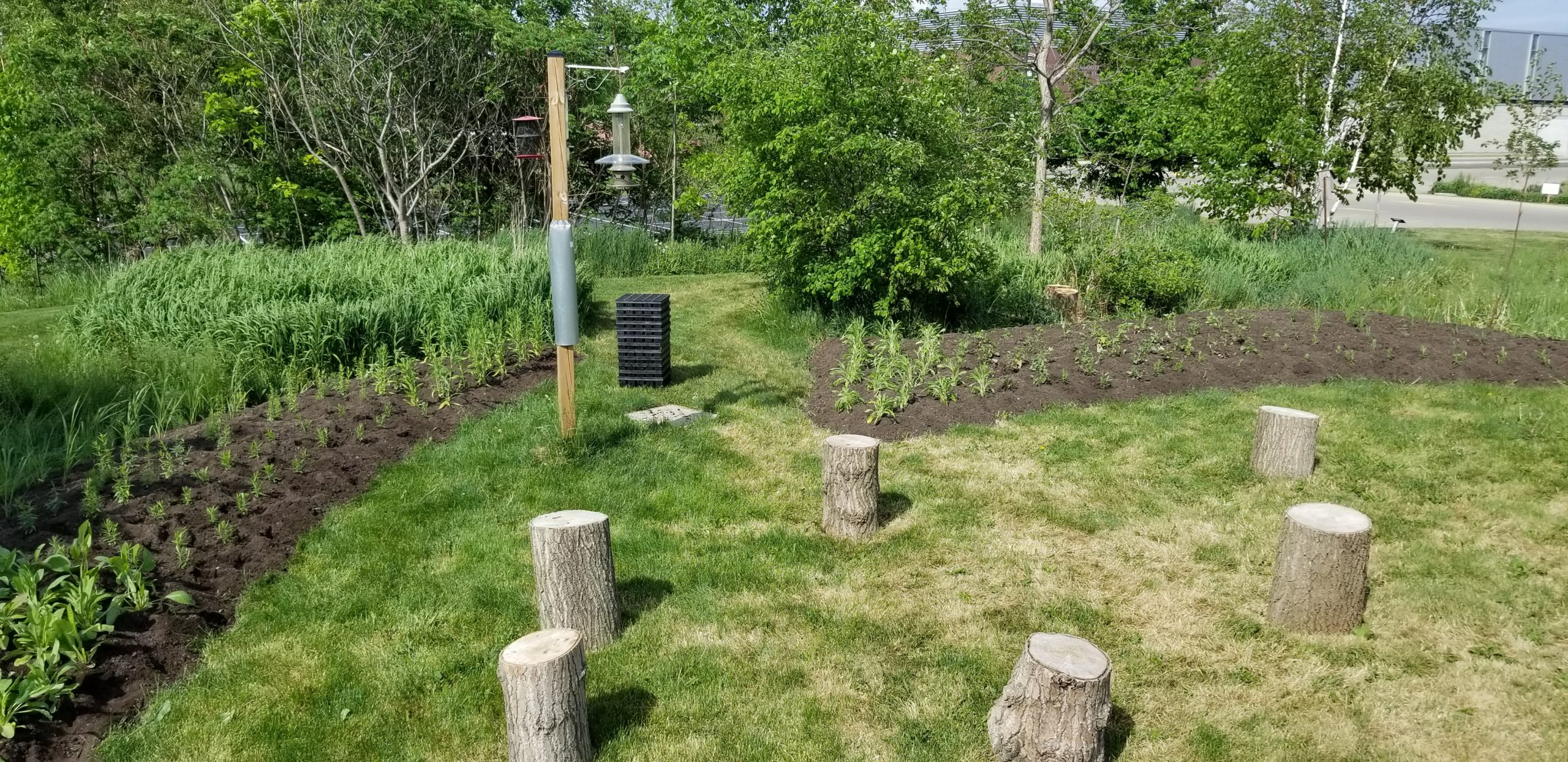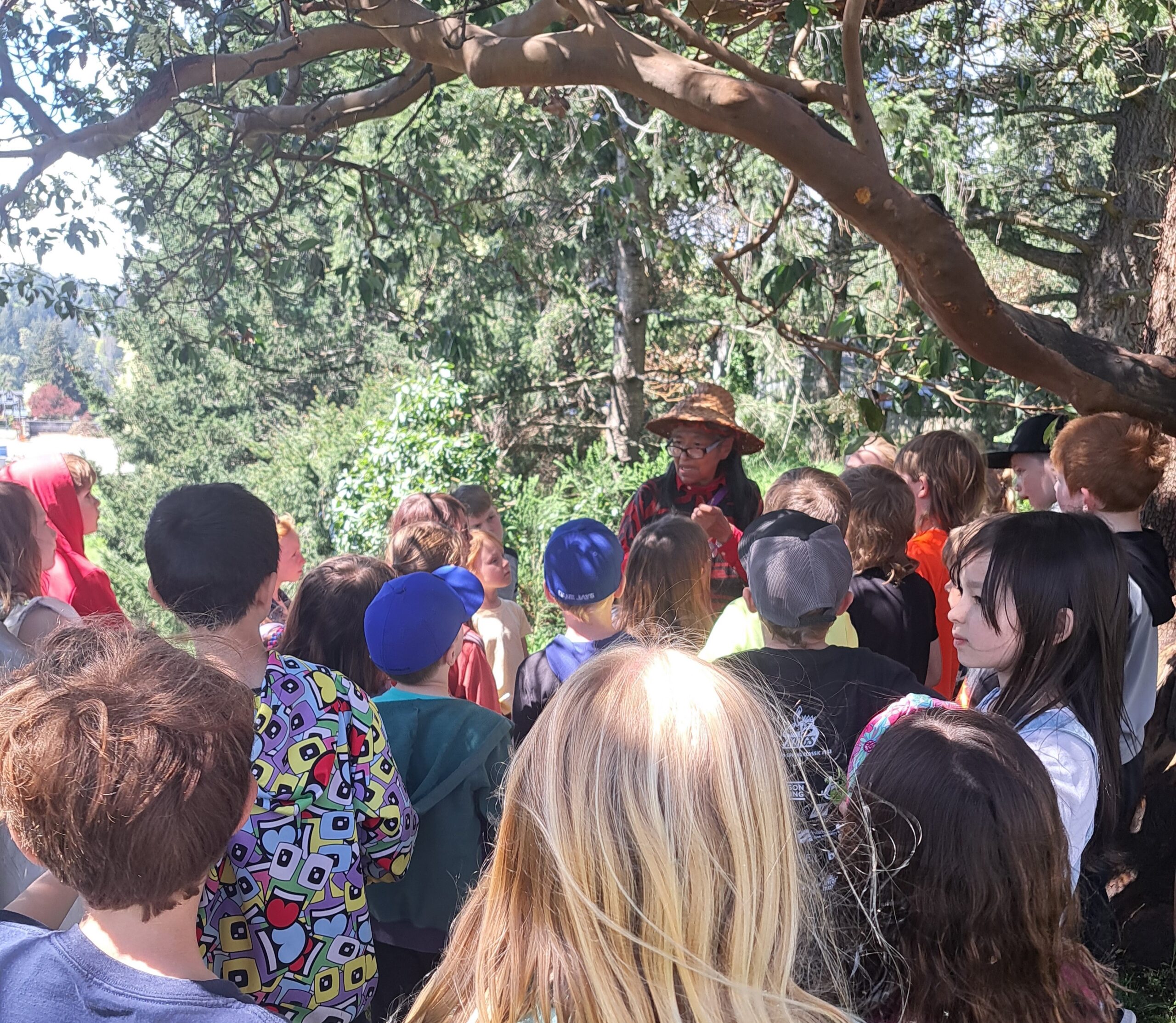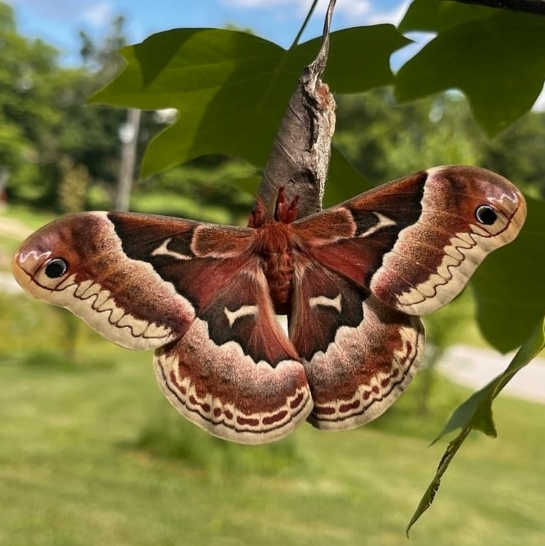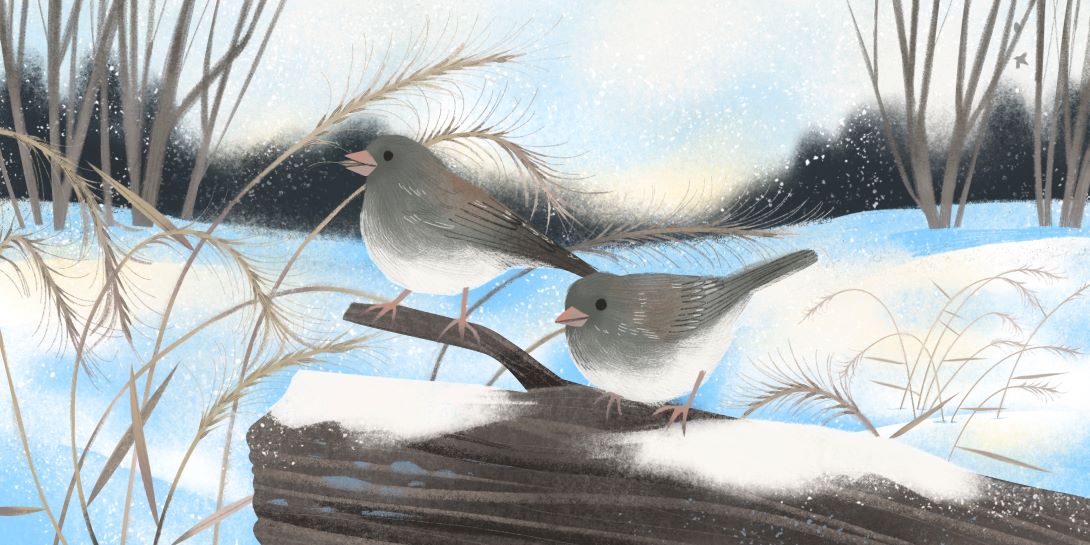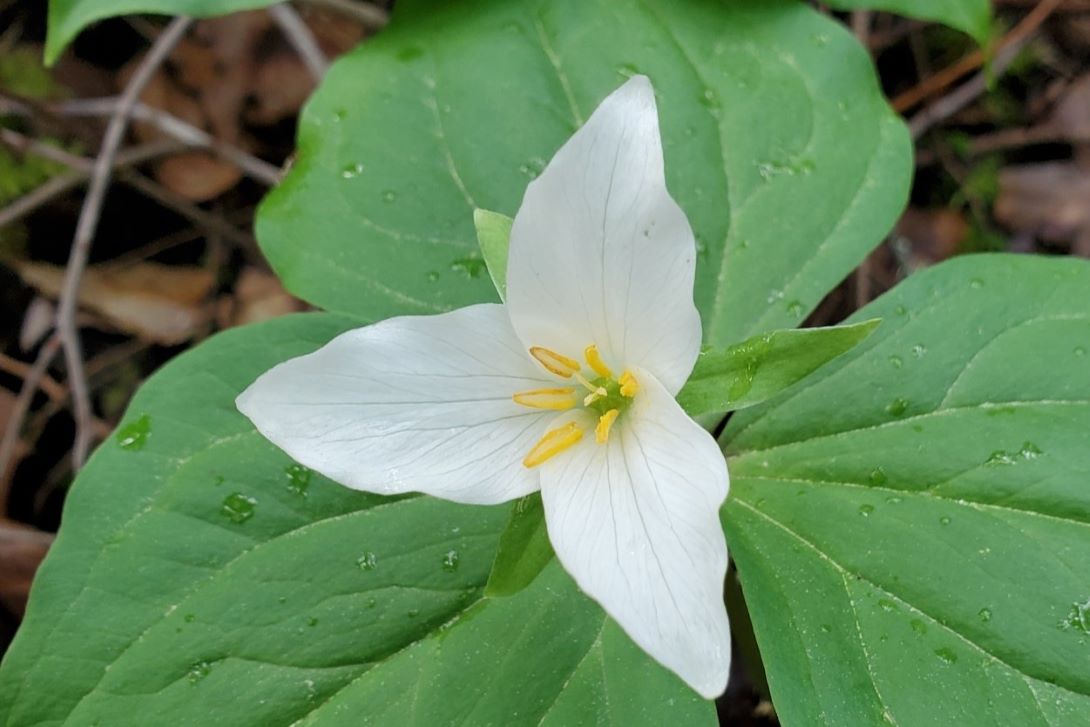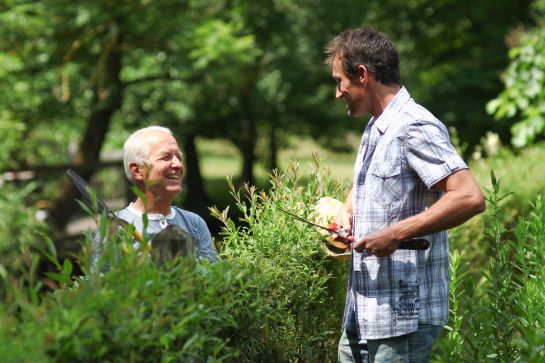Primary and Secondary Schools
Appleby College – Oakville, Ontario, Mother Earth’s Garden
Arrow Heights Elementary – Revelstoke, British Columbia, Native Tree Planting and Ecosystem Restoration
Biidaaban Kinoomaagegamik – Sagamok Anishnawbek, Ontario, Biidaaban Kinoomaagegamik Pollinator Project
Boston Bar Elementary Secondary – Boston Bar, British Columbia, N?eye tk tmixwkt (“Here on Our Land” in the language of the Nlaka’pamux peoples)
Collège Churchill High School – Winnipeg, Manitoba, Churchill Courtyard Native Habitat Restoration Project
Cuffman Street Elementary – Fredericton, New Brunswick, The Orange Butterfly Initiative: Monarch Meadow
Des Trois-Sources – Châteauguay, Québec, Sources et Semences
École Christine Morrison Elementary – Mission, British Columbia, Forest Classroom Rehabilitation Project
École Claudette-Bradshaw – Moncton, Nouveau-Brunswick, Les plantes indigènes
École Crane – Winnipeg, Manitoba, Growing A Knowledge Garden
École Dr-Marguerite-Michaud – Bouctouche, Nouveau-Brunswick, Jardin des pollinisateurs
École élémentaire catholique Sainte-Croix – Tiny, Ontario, Un jardin pour les monarques!
École Héritage – Falher, Alberta, Haie nourricière
École secondaire Chanoine-Beaudet – St-Pascal, Québec, Apprendre l’importance de la biodiversité en observant et identifiant la nature
École secondaire Kelvin High School – Winnipeg, Manitoba, Jardin communautaire de plantes indigènes
École Sir-James-Douglas Elementary School – Victoria, British Columbia, Perennial plants for pollinators
Edgehill Elementary – Powell River, British Columbia, Eco School Action Promoting Biodiversity and Wildlife
Espanola High School – Espanola, Ontario, Spartan Pollinator Refuge
Evans Elementary – Chilliwack, British Columbia, Indigenous Garden
Fern Avenue Junior and Senior Public School – Toronto, Ontario, Nature in the City: Connecting Students and Community Members to Native Plants in Roncesvalles Village
Goose Lake High – Roblin, Manitoba, Reconciliation Park
Highgate Public School – Markham, Ontario, Highgate’s Flutter and Bloom Learning Garden
Hugh John MacDonald – Winnipeg, Manitoba, Sacred Medicine Grows Here
Kikendawt Kinoomaadii Gamig – Dokis First Nation, Ontario, Indigenous Food Sovereignty
Maple Grove Elementary – Vancouver, British Columbia, Arbutus Greenway Project
Niitsitapi Learning Centre – Calgary, Alberta, Building Dreams
Nisichawayasihk Neyo Ohtinwak Collegiate – Nelson House, Manitoba, Operation Bees
Otetiskewin Kiskinwamahto-wekamik School – Nelson House, Manitoba, Courtyard Project
Oxford Regional Education Centre – Oxford, Nova Scotia, Wildflower and Pollinator Garden Spaces
Pierre Elliott Trudeau Elementary School – Gatineau, Québec, Native Sensory Garden: An Opportunity to Reconnect with the Land
Public Alternative Secondary School – Windsor, Ontario, PASS Outdoor Environmental Education Classroom
Quinte Mohawk Elementary School – Tyendinaga Mohawk Territory, Ontario, School Boundary Mini-Ecosystem Planting
Qwam Qwum Stuwixwulh – Nanaimo, British Columbia, Hay ch q’u tumuxw (Thank you land, earth, world)
River West Park School – Winnipeg, Manitoba, Prairie Blossom Haven
St. Cyril School – Calgary, Alberta, Indigenous School Garden
Sunshine Academy – Dollard des Ormeaux, Québec, The Bee Hive
Vanier Public School – Brockville, Ontario, Growing Together: Vanier’s Climate Resilient School Project
Victoria School for Ideal Education – Victoria, British Columbia, Micro Forest at VSIE
W.P. Wagner High School – Edmonton, Alberta, ReWilding Wagner
Wasauksing Kinomaugewgamik – Parry Sound, Ontario, Mshkiki Gitigan (Medicine Garden)
West View School – Calgary, Alberta, West View School & CYOC Healing Garden
Westmount Charter School – Calgary, Alberta, School Garden
Whitby Shores Public School – Whitby, Ontario, Restore the “Rainforest”
Post-Secondary Institutions
British Columbia Institute of Technology – Burnaby, British Columbia, From Parking Lot to Pollinator Garden
Cégep de Saint-Laurent – Montréal, Québec, La biodiversité à St-Lô
Collège André-Grasset – Montréal, Québec, Plantation de plantes et fleurs médicinales (éducation – transformation – rayonnement dans la communauté)
Dalhousie University – Halifax, Nova Scotia, Sustaining Native Pollinator Habitats and Expanding Biodiversity
Fleming College – Lindsay, Ontario, Biodiversity on Display!
Mohawk College – Hamilton, Ontario, Fennell Campus Bioswale
Queen’s University – Kingston, Ontario, Indigenous Sacred Medicine Garden
Seneca Polytechnic – Toronto, Ontario, Enhancing No-Mow Zones for a Greener Campus
Thompson Rivers University – Kamloops, British Columbia, Native Plant Restoration and Ethnobotanical Uses
Toronto Metropolitan University – Toronto, Ontario, Toronto Metropollinator Garden
Trent University – Peterborough, Ontario, Revitalization of high mowed water drainage areas
University of Ottawa – Ottawa, Ontario, Increasing native pollinator habitats and biodiversity at uOttawa
University of Waterloo – Waterloo, Ontario, The Pollinator Garden Project
Western University – London, Ontario, Wampum Learning Lodge Medicine Garden Shkaatgoons Project
York University – Toronto, Ontario, Boosting Biodiversity: Enhancing Pollinator Habitats in York University’s Native Plant Garden and Maloca Community Garden

